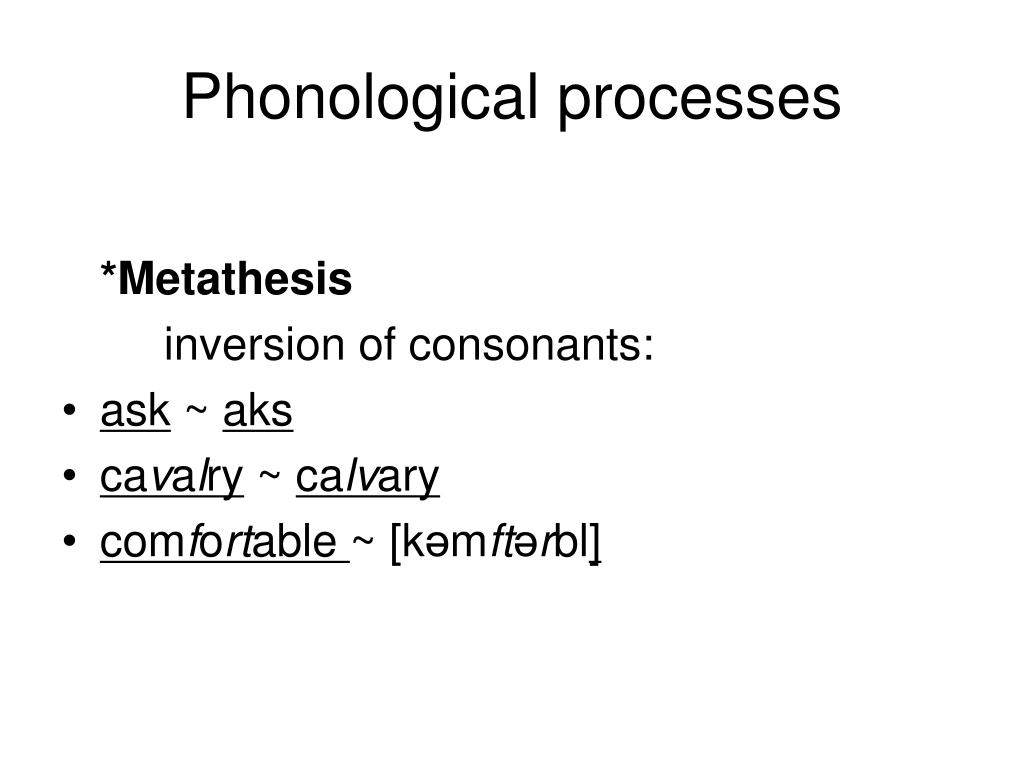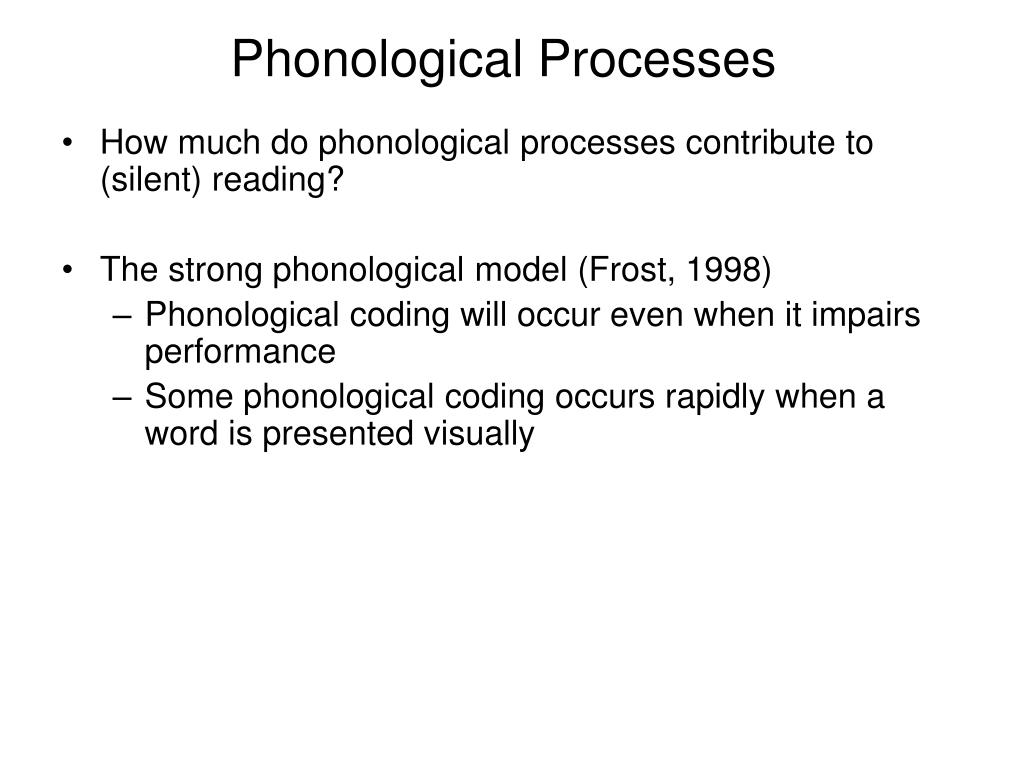

The significance of these risks has prompted vigorous and varied research to identify causes, conditions, treatments and prevention of the disorder. 3 Beyond that, those with phonological disorders often experience life-long linguistic challenges that impact their educational and occupational attainment. The population constitutes the majority on the caseloads of clinicians serving the public schools. 1, 2 Moreover, the disorder poses significant health and educational concerns as one of the most common language learning disabilities in childhood. These constraints on phonological structure and function further impact the quality of children’s lexical representations, with a general view that the phonological properties of words are poorly specified. Children with phonological disorders also fail to mark contrasts among sounds in the differentiation of meaning, which leads to homonymy and miscommunication.

Characteristically, these children have a reduced consonantal inventory that is comprised largely of nasals, stops and glides to the exclusion of other consonants, which results in misarticulations and unintelligibility.

For children with phonological disorders, this process is disrupted. The process of phonological acquisition requires that a child learn the unique sounds, sound contrasts and sound patterns of words, and represent these in the mental lexicon for purposes of differentiating meaning in language.


 0 kommentar(er)
0 kommentar(er)
